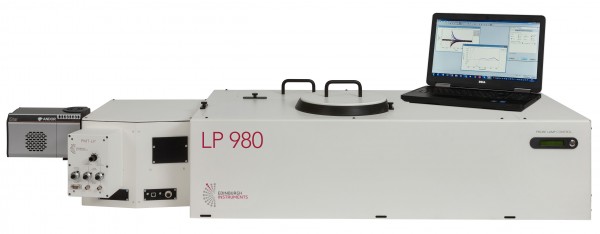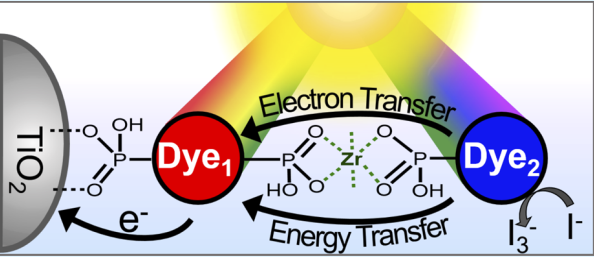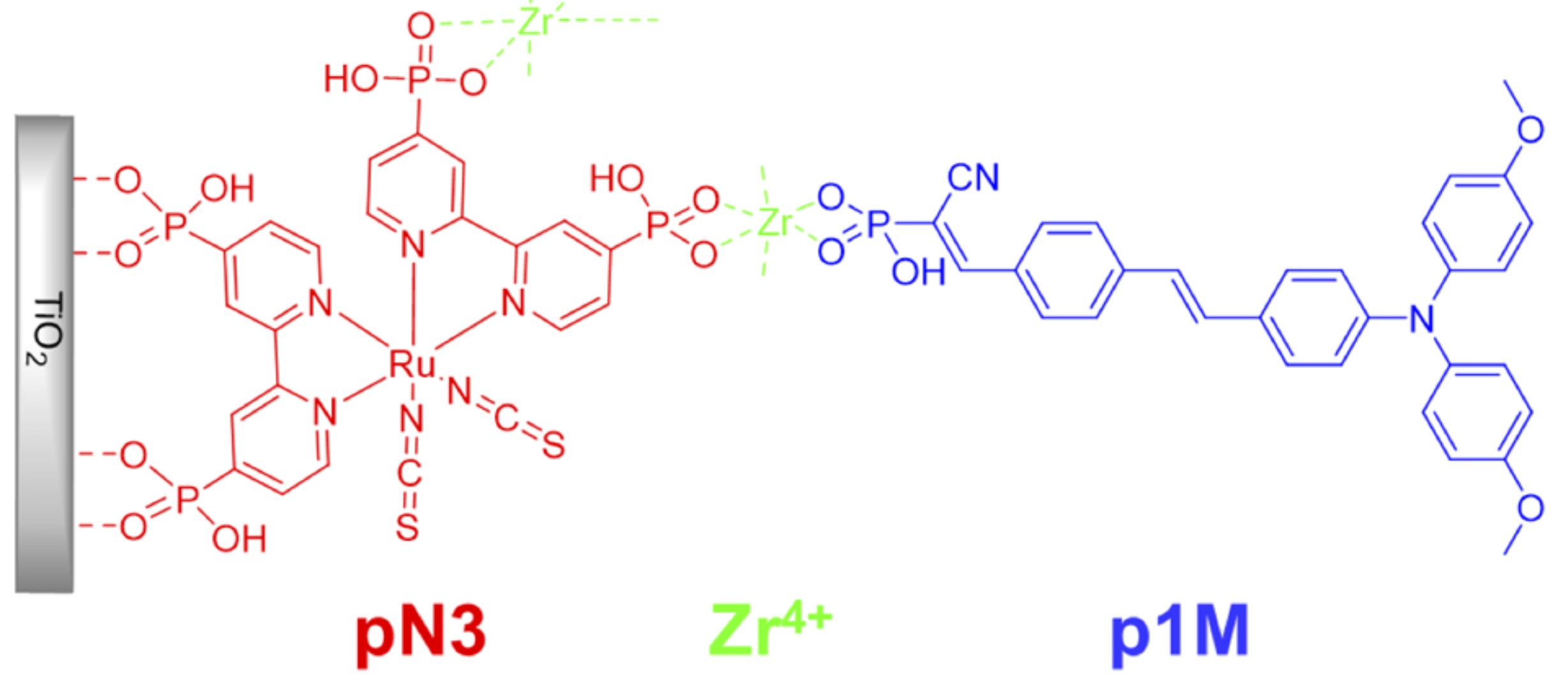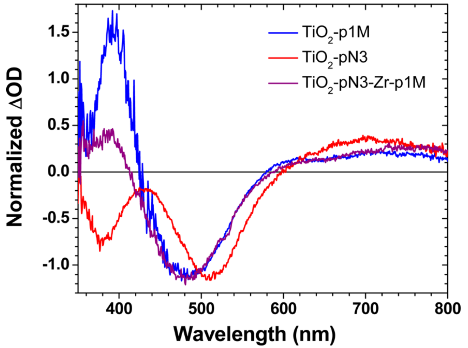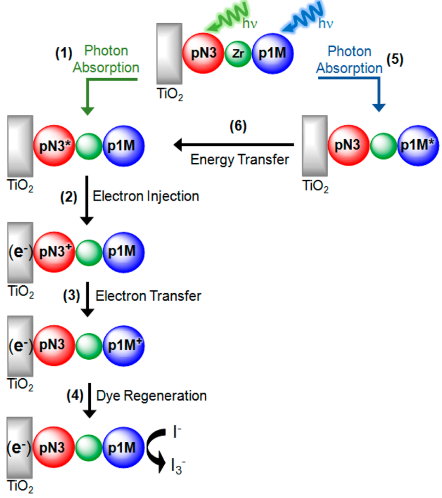Dye-Sensitised Solar Cells (DSSCs): Understanding and Optimising Energy and Electron Transfers Through Transient Absorption Data
Introduction to DSSCS
The Sun, whose light energy hitting Earth is several times greater than the global need, has become a growing source of green energy production with hopes of decreasing the amount of fossil fuels burned. However, current solar panels based on silicon require high cost material processing techniques and can contain caustic materials. The development of next generation solar fuel sources, based on dye sensitization and subsequent energy and electron transfers to drive current, or hydrogen production and water oxidation, will rely on understanding the fundamental photophysical properties of the dyes and their device constructs. The Edinburgh Instruments LP980 Transient Absorption Spectrometer is the world’s only commercial system capable of making time-gated spectral transient measurements with an ICCD detector and kinetic lifetime traces from nanoseconds to seconds to fully understand the photoinduced energy and electron transfers associated with Dye-Sensitized Solar Cells (DSSCs).
Figure 1: The Edinburgh Instruments LP980 Spectrometer
Research
Researchers at Florida State University, under Prof. Kenneth Hanson, have utilized an L980 spectrometer to study the energy and electron transfer characteristics of a self-assembled DSSC on TiO2. The bilayers contain two complimentary dyes to maximize light absorption, facilitate efficient, directional energy/electron transfer, and minimize unwanted recombination (ACS Appl. Mater. Interfaces 2016, 8, 28633-28640).
Figure 2: Multi-layer, self-assembled DSSC construct studied by Prof. Hanson and his team at Florida State University.
The bilayer DSSC system comprises a TiO2 nanoparticles electrode, with a ruthenium dye linked through a zirconium bridge to a triphenylamine-based dye. This bilayer construct promotes broadband absorption of light, and is energetically favourable for the funneling of energy and electrons to the TiO2 surface for photocurrent production.
Figure 3: Photo-induced transient absorption spectra of the individual dyes attached to TiO2, and the self-assembled, bilayer DSSC construct 10 ns after laser excitation (laser exc. = 532 nm).
The defined spectral features in the transient absorption of each individual dye (Figure 3) shows that upon photoexcitation, each dye undergoes electron transfer to the TiO2. In the bilayer system, the spectra resemble that of p1M+; consistent with intermolecular energy and electron transfer as well as interfacial electron transfer as depicted in Figure 4.
Figure 4: The proposed energy and electron transfer events in a novel bilayer, self-assembled DSSC with an increased efficiency relative to the single dye based DSSCs.
Conclusion
Utilizing bilayer DSSCs that are designed to maximize energy and electron transfers rates and minimize unwanted recombination were shown to increase solar energy conversion efficiencies by more than 10% relative to their single dye constructs. Photoinduced energy and electron transfer intermediates were recorded by an Edinburgh Instruments LP980 Transient Absorption Spectrometer. This enabled the structure-function relationship in this novel material whose properties can be translated into devices for solar energy production.
Download the Dye Sensitized (DSSCs) Application Note
The LP980 for DSSCS Research
If you are working in the field of DSSCS, why not get in touch to find out how the LP980 can be used to help you with your research. Simply contact us.
Further Reading
If you have enjoyed our Application Note on dye-sensitized solar cells, we can keep you up to date with our research and development via our monthly newsletter. You can sign-up easily via the button below.









